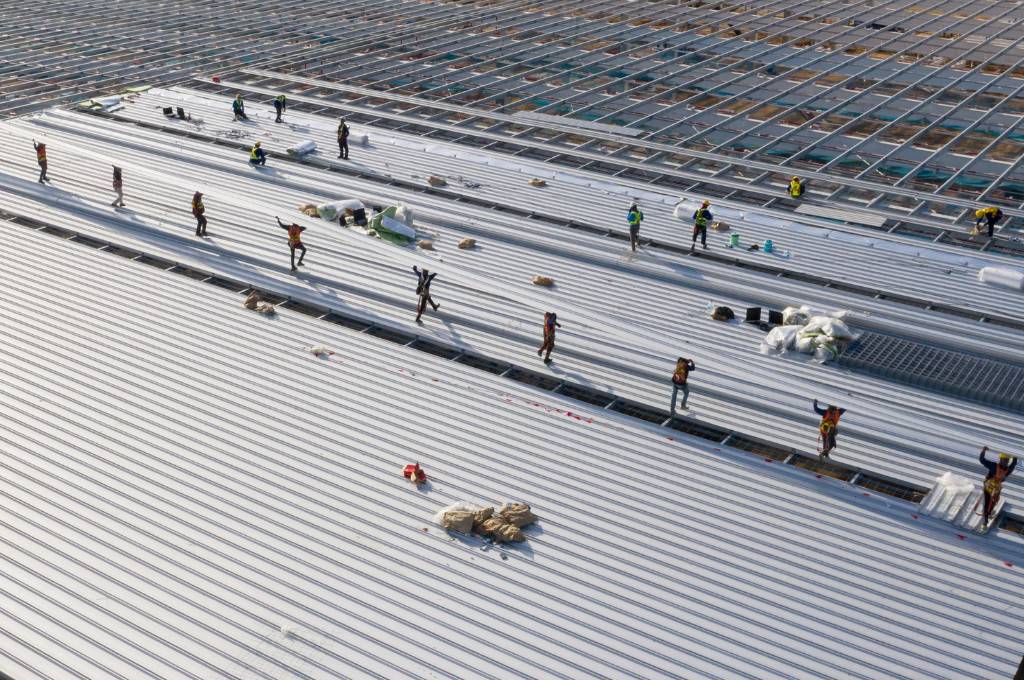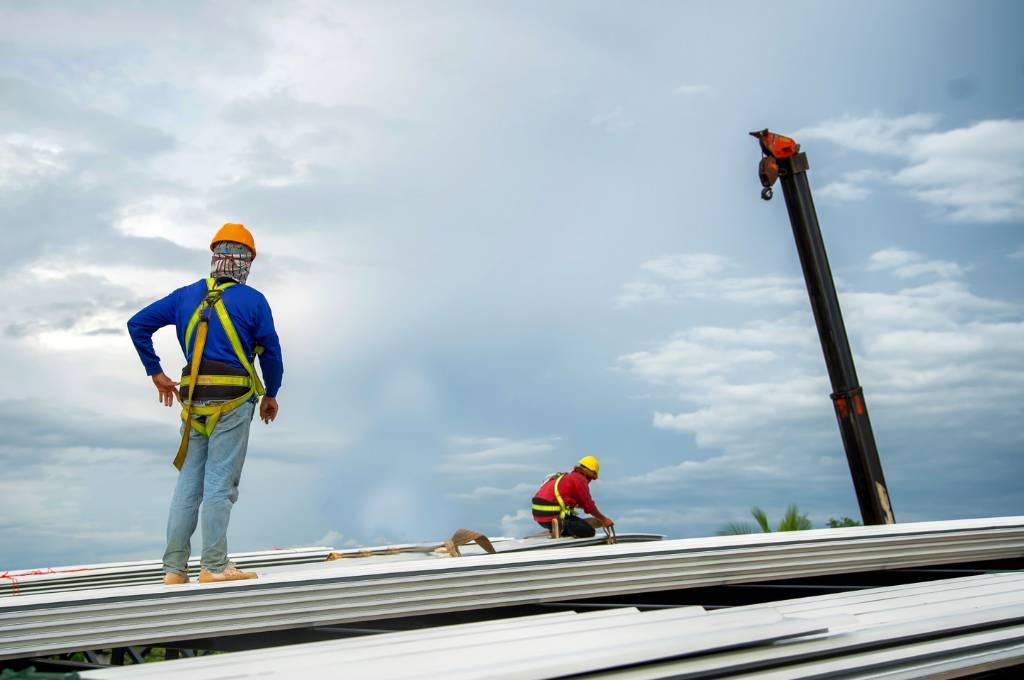Last Updated on March 23, 2023 by Kravelv Spiegel
Choosing a suitable commercial roofing material is a complex task. With so many options available, how do you decide which one to go with? After all, this isn’t just an aesthetic decision; it’s also a financial and practical one that affects your business’s bottom line.

Fortunately, there are several key factors that can help you make the most informed decision when selecting a new roof for your commercial building. Whether you’re replacing an aging rooftop or constructing a new building, this guide will equip you with more info on commercial roofing before making a decision. So take a closer look at what goes into picking the perfect commercial roofing.
Factors To Consider When Choosing A Commercial Roof
When choosing the right commercial roofing material, there’s no one-size-fits-all solution. But to ease the process for you, we’ve come up with a checklist of factors you must consider:
1. Climate
When choosing a commercial roofing material, the climate is a vital factor to consider. The material that works best in one region may be less effective or invaluable in another due to differences in temperature, precipitation, and wind conditions. Generally, heavier materials are suitable for areas with high winds and hailstorms, while lighter materials work better in regions with milder climates. On the other hand, in warmer temperatures, reflective coatings can help reduce energy costs by reflecting the sun’s rays away from the building.
2. Existing Roofing System
Examining your existing roofing system is like looking at a map to know how best to reach your destination—you need to consider several factors before determining how to move forward. Before making any decisions, take the time to inspect and assess your current roofing system. What kind of materials has been used? How old are they? Is there evidence of water damage or rot? All these questions should be considered when choosing which commercial roofing material will best suit your needs.
3. Existing Structures And Protrusions
Once you’ve identified your existing roofing system and its limitations, the next step is to consider any structures or protrusions on your property that may affect the material selection process. If your building has a chimney, air-conditioning units, skylights, or other protruding elements, these must be considered when selecting materials for re-roofing. Consequently, it’s essential to consult an experienced professional before deciding which material is suitable for installation over existing structures.
4. Types Of Business Operations
Typically, choosing the right commercial roofing material for your organization depends on what type of operation you’re running and how much risk you’re willing to take. Small businesses may use lightweight asphalt shingles that are easy to install and require minimal maintenance. These options are more affordable than other materials while providing adequate protection from the elements. On the other hand, large corporations looking for superior durability might opt for standing seam metal roofs or clay tiles, which can withstand extreme weather conditions better than traditional asphalt shingle systems.
5. Cost
When it comes to cost, there are a few factors to consider. First and foremost is the initial price of the material itself. Different materials have different prices per square foot, so it’s essential to do your research before deciding on a specific type. It’s also beneficial to look at warranties offered by each supplier because this can extend the life of your roof and reduce costs in the long run. Additionally, you should factor in any potential labor costs associated with installation or repairs that may arise during its lifespan.
6. Functionality
When selecting a roofing material, it’s important to consider your desired functionality. Commercial roofs are exposed to weather conditions, like high winds and extreme temperatures, that can affect their performance over time. Asphalt shingles resist wind damage and require minimal maintenance but may not be suitable in areas with harsh climates or heavy snowfall. Metal is an excellent choice for businesses in these areas because it’s highly durable and requires less maintenance than asphalt shingles. It also offers superior protection against hail and strong winds.
7. Building Codes
When selecting a commercial roofing material, it is essential to consider building codes. Building codes are standards that regulate the construction and maintenance of structures and facilities to maintain public safety. Each municipality or area may have its own set of building codes. It’s important to research local building codes in your area before purchasing materials for your project. Failure to comply with these codes may result in costly fines or even demolition orders from local authorities.
8. Repair And Maintenance
By selecting a reliable and durable roofing system, you can rest assured that it will provide long-term protection for your business. The most common commercial roof types are either made of metal, asphalt shingles, rubber membranes, tiles, or flat-roofing systems.

Each type of commercial roof has its advantages and disadvantages. Metal roofs are often cost-effective and require minimal maintenance, while asphalt shingle roofs are easy to install but may need frequent repairs due to wear and tear. On the contrary, rubber membranes offer superior water resistance but can be expensive to replace when damaged. Likewise, tile and flat roofs look attractive and excellent for large spaces but require regular inspections and cleaning to ensure proper drainage.
Conclusion
Choosing the right commercial roofing material can be a complex task. With so many factors to consider, taking your time and research before deciding is essential.
Take into account climate, existing structures and protrusions, type of business operation, cost, functionality, building codes, and repair and maintenance when selecting the ideal option for your needs. Doing this will ensure a long-lasting solution that meets all requirements while fitting within budget constraints.
